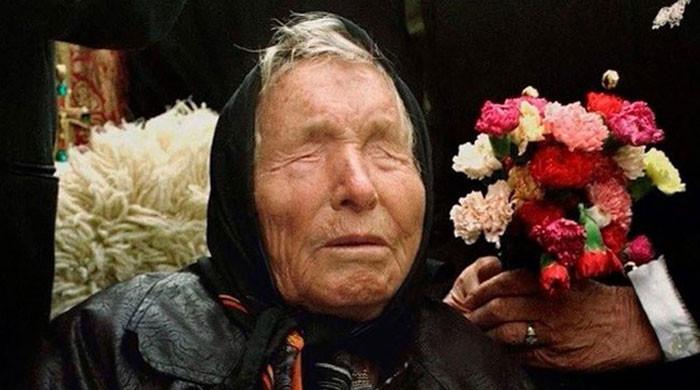Four crucial factors you must know to understand coronavirus graphs
Most of these visualisations are used by statisticians and policymakers who are aware of systematic shortcomings
May 06, 2020
With a constant barrage of graphical information on the spread of COVID-19 across the globe, it is easy to feel overwhelmed and at the end of it all, have no real sense of just how severe the pandemic is.
It does not help either that these charts and graphs inadvertently omit or hide some of the factors while highlighting others.
As one processes the information, it is crucial to remember that most of these visualisations are used by statisticians and policymakers who are already aware of the systematic shortcomings.
Vox Video Lab, a project of American news website Vox that is known for explanatory journalism, has created a video for people to learn the nitty-gritties of such graphical representations.
The video points out four factors that people must remember to contextualise the data.
Confirmed coronavirus cases
The charts that show the coronavirus pandemic's trajectory in various countries only include the confirmed COVID-19 cases, which means that the lines do not just show the state of the outbreak, they also show how aggressively a country is carrying out testing.
In Vox's example, the pandemic in South Korea appeared significantly worse than that in Japan. What people missed, however, was that South Korea implemented aggressive testing, which means that more cases of the virus were identified as opposed to Japan.
Case data, therefore, must be understood keeping in mind the testing capacities, especially in the underdeveloped or developing countries.
The y-axis
In many of these graphs, one must remember that the y-axis — the vertical or standing one — has exponential markings, which means that it does not have the same gap between two points. This means that a logarithmic (log) scale was used as opposed to a linear one.
For example, the first marking shows 100 cases and the next is multiplied by 10 to 1,000. And the one after that? 10,000. The point of this little trick is that the graph is depicting the growth or spread of a pandemic, which, by definition, grows exponentially.
The higher the number goes on the y-axis, the more squeezed the curve will become. The five countries that were hit the worst, if seen on a log scale, show consistency. But on a linear one, only Italy is seen on the extreme of the five nations despite being on the same trajectory.
It also helps statisticians and policymakers identify if the "flattening the curve" strategy is working after imposing lockdowns, curfews, and social distancing measures.
The only flaw here? The graph downplays the difference between the actual number of confirmed virus cases between various countries.
The x-axis
You must have seen the chart at a glimpse and forgotten to note that the x-axis — the horizontal or resting one — is divided not according to the dates but according to the number of days.
That, too, is based on the day any country recorded its first 100 cases of the coronavirus; February 24 in Italy, March 16 in Pakistan, and March 19 in Turkey.
Now, what you need to understand here is that a pandemic spreads. It spreads from city to city, region to region, country to country, and so on, which means that the first 100 days and subsequent days on the chart may be different for — let's say — China than it is for the US.
The first 100th case in South Korea — and outside China — was reported after February 21.
It just goes on to remind us that time is a key component and that some governments had more time to prepare and strategise than the others.
Context of countries' populations
Countries with smaller populations depict an explosion of coronavirus cases, while nations with bigger ones show relatively flatter charts as infections are adjusted per-million people.
Yet, it is important to remember that any countries' size (in terms of people) does not impact the exponentiality of a pandemic; the virus will continue to affect people. Consequently, it ends up accidentally hiding regional outbreak — or what you may have come across as 'hotspots' — inside countries themselves.
Case in point: New York in the United States, as well as the Tableeghi Jamaat events in Malaysia, India, and Pakistan.
—COVER IMAGE: Unsplash/Adeolu Eletu/via Geo.tv









